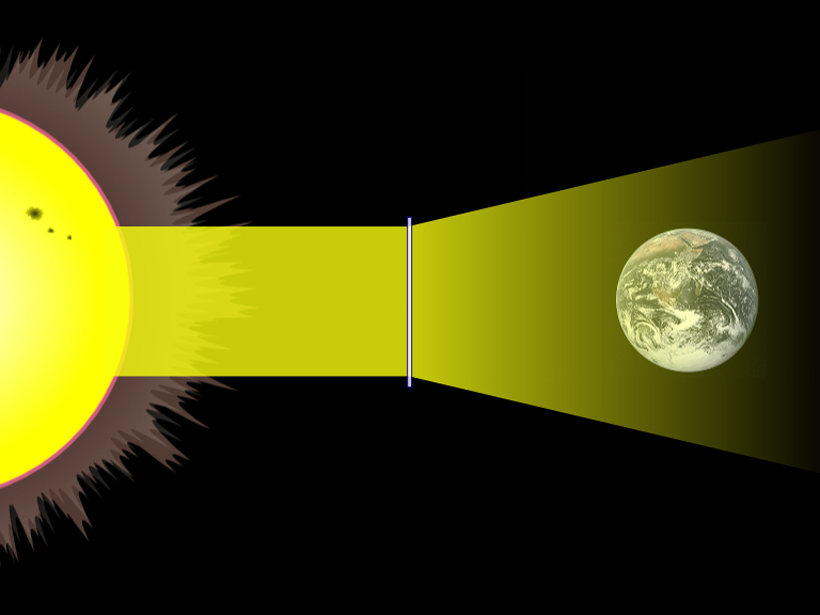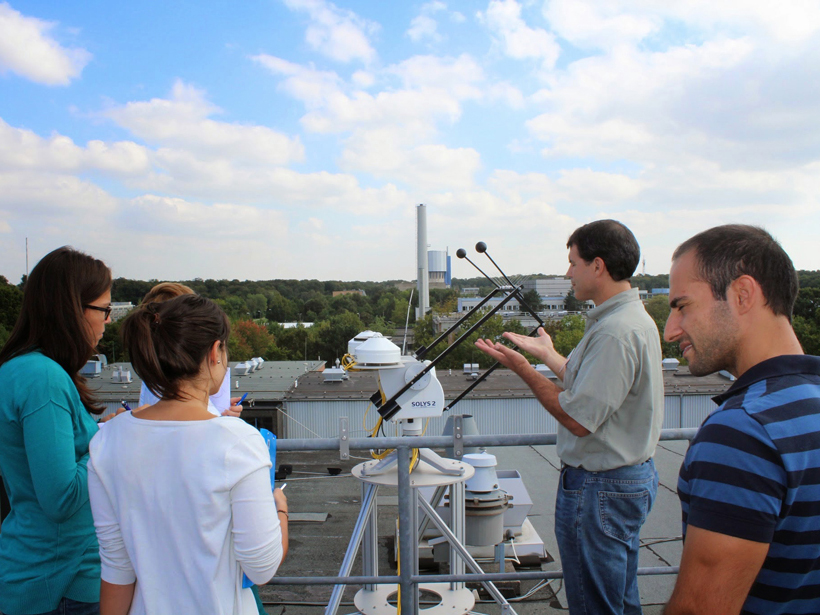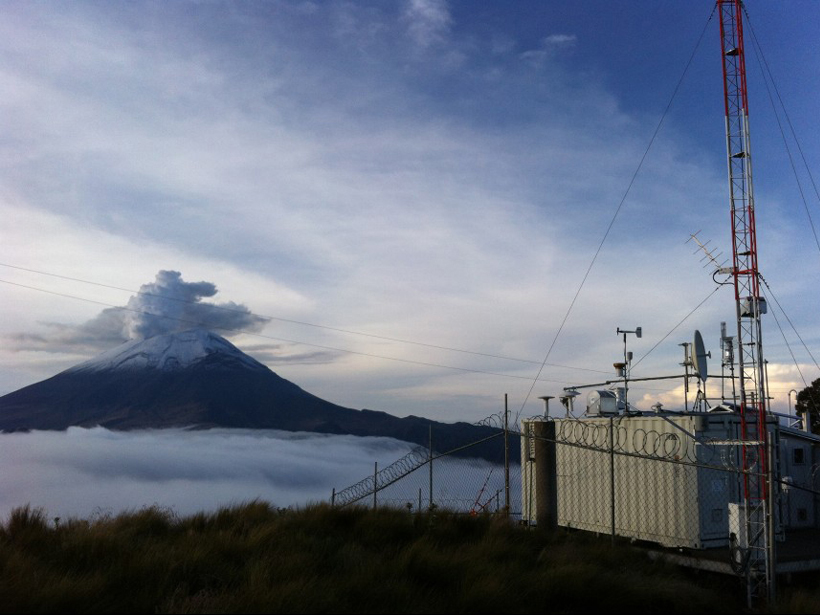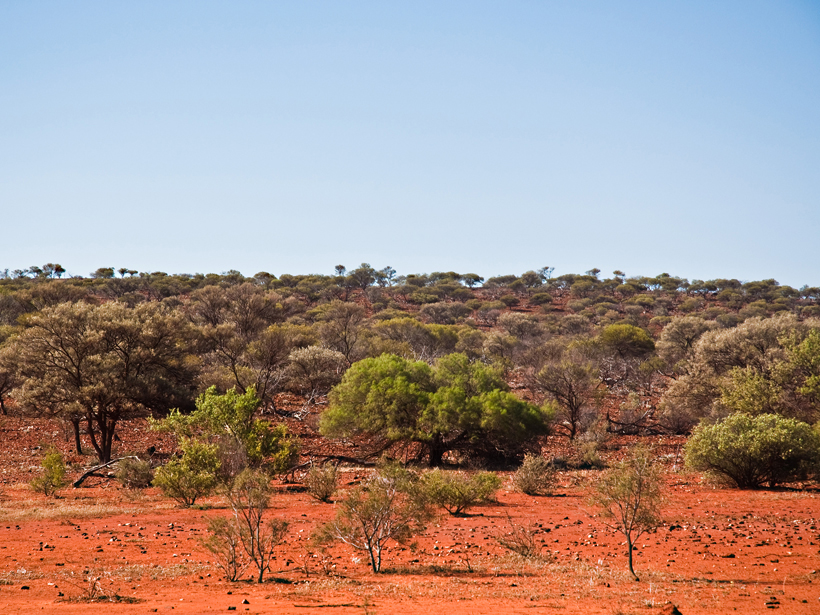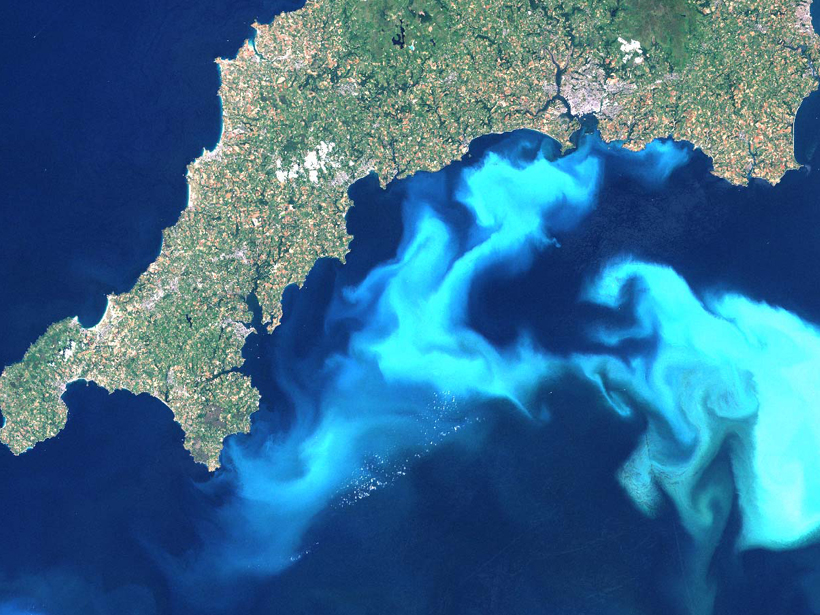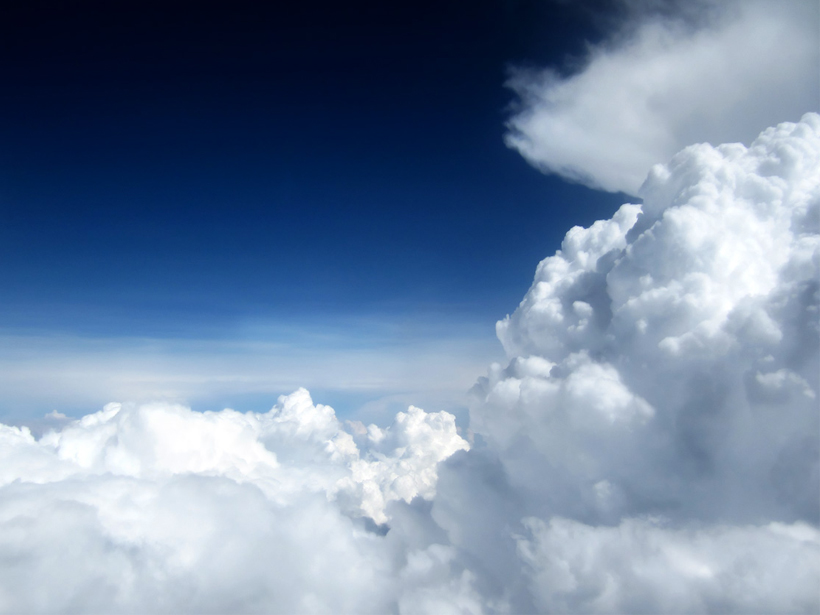National Center for Atmospheric Research Fifth Annual Geoengineering Model Intercomparison Workshop and Early Career Summer School; Boulder, Colorado, 20–24 July 2015
everything atmospheric
Training Network for Young Atmospheric Researchers
A training initiative in Europe opens doors for young scientists, promoting collaboration and broadening their skills with unique opportunities in atmospheric research.
Mexico's University Network of Atmospheric Observatories
Increasing cooperation in Mexico benefits climatologists, meteorologists, and science as a whole.
Illuminating the Controls of Convection
Researchers compare observations and models of air circulation over the tropics to determine if simulations capture how the environment shapes convection.
What Drives Pollutant Dispersion at Night?
Better understanding of waves and turbulence in calm air could improve predictions of weather and pollutant dispersion.
Satellites Reveal a Temporary Carbon Sink over Australia
Satellite measurements of atmospheric carbon dioxide provide insights into how droughts and floods influence the carbon cycle on the semiarid continent of Australia.
Iron Fertilization Might Not Make Oceans Better Carbon Sinks
New research suggests more iron during the last ice age did not mean more algae production in the equatorial Pacific, pointing to possible futility of a controversial geoengineering idea.
The Forgotten Water Vapor at High Altitudes
Scientists find that estimations of high-altitude atmospheric water, critical for the greenhouse effect, are not as accurate as previously thought.
Methyl Chloride Can Track Tropical Air in the Lower Stratosphere
A new study shows that trace gas samples collected aboard commercial airliners can be used to determine the origin and dynamics of atmospheric air masses.
Mercury in Rain Increasing in Western and Central United States
Despite tightening emissions rules, mercury concentrations are rising in rainfall wetting western and central regions of the United States. The pollutant may waft in from Asia, scientists speculate.

